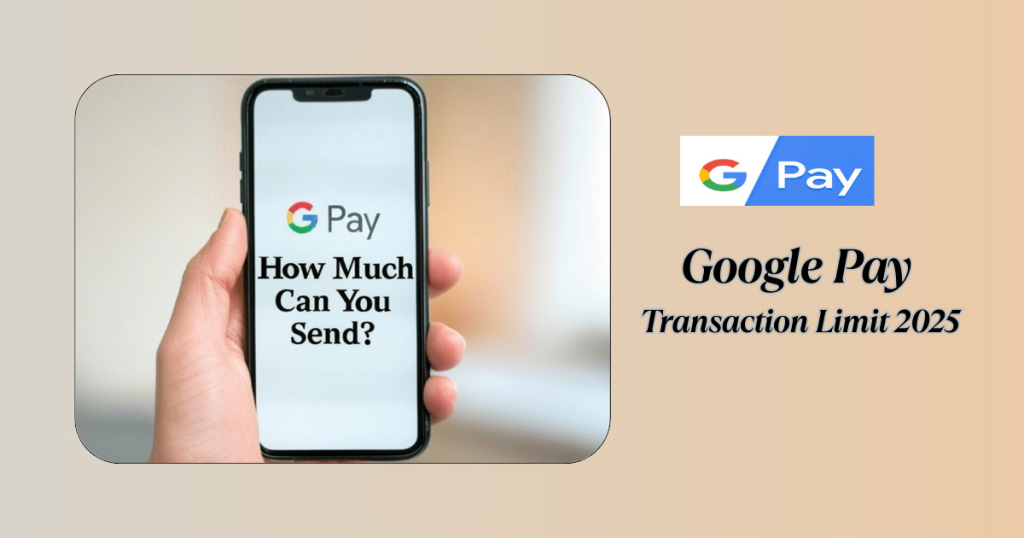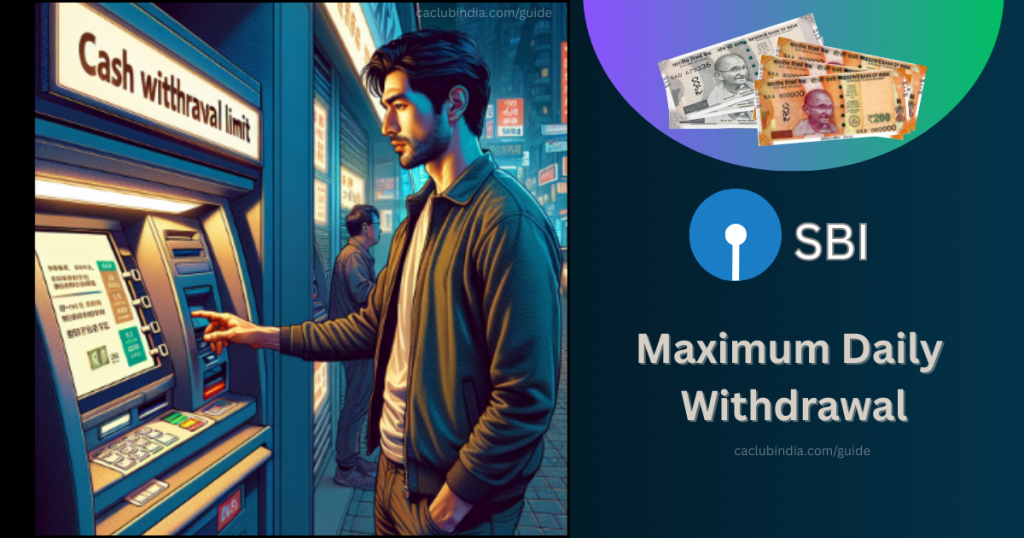
Introduction
In the last few years, digital payments have become a big part of our daily lives. Whether you’re paying for groceries, splitting a bill at a restaurant, or sending money to a friend, apps like Google Pay have made it all super easy. With just a few taps on your phone, money moves instantly from one account to another – no need for cash, no need for waiting.
But as convenient as Google Pay is, there are some rules you should know about, especially when it comes to how much money you can send in a day or daily transaction. These limits are not just set by Google Pay, but also by your bank and by guidelines from the authorities. As we move ahead into the 2025, it’s important to stay updated on these limits so your transactions go smoothly without any errors or delays.
This article will walk you through the updated transaction limits on Google Pay in 2025, how they work, and what you can do if you hit your limit.
Key Takeaways
- In 2025, Google Pay allows up to INR 1,00,000 per day across 10 transactions, but your actual limit depends on your bank, KYC status, and UPI rules – so always check your app and plan big payments smartly to avoid failed transactions.
- If you ever hit your limit on Google Pay, you can manage payments by splitting them, using another linked bank account, or switching to a different account, or switching to a different UPI app – simple steps to keep your money moving without delays.
What is Google Pay and How it Works?
Google Pay is a mobile app that helps you send and receive money directly from your bank account using your smartphone. It’s based on UPI (Unified Payments Interface), which is a system developed in India and to make bank transfers quick and easy – without needing to remember long account numbers or IFSC codes.
To get started, you just need to download the app, link it to your mobile number and bank account, and set up a UPI PIN. Once that’s done, you can pay anyone by entering the mobile number, scanning a QR Code, or selecting their name from your contacts if they also use Google Pay.
One of the best things about Google Pay is that it works with most Indian Banks, and money gets transferred instantly – even on weekdays or holidays. You can use it to pay bills, recharge your phone, shop online, even pay in local stores.
Even though it is simple to use, Google Pay follows certain rules and limits, especially when it comes to how much money you can send in one go or in a single day. That’s what we’ll look at next.
Google Pay Transactions Limits in 2025
As of 2025, Google Pay follows the UPI rules set by the NPCI(National Payments Corporation of India), along with the limits decided by your bank. While the app itself does not control the limit, it does follow what’s allowed through the UPI and your bank’s own policies.
Here’s a quick look at the general limits most users will have in 2025:
| Maximum Amount per Transaction | INR 1,00,000 |
| Daily Transaction Limit | INR 1,00,000 per day |
| Number of Transactions per day | Up to 10 UPI payments (this includes failed attempts too). |
However, these limits can vary slightly depending on your bank. Some banks may allow fewer transactions or have a lower maximum amount per day. Also, if you’ve just started using Google Pay or haven’t done KYC properly, your limits might be even lower at first.
For some special payments like school fees, government bills, or insurance, UPI might allow a higher limit (up to INR 5,00,000), but this usually doesn’t apply to regular person-to-person transfers.
So, before making a big payment, it’s always a good idea to check your bank’s specific rules inside the app.
Factors Influencing Transactions Limits
You might think that Google Pay has the same limit for everyone, but that’s not exactly how it works. The actual amount you can send or received depends on a few different things. Let’s break them down:
Your Bank’s Rules
Each bank connected to UPI can set its own limits for UPI transactions. So even if Google pay allows up to INR 1,00,000 per day, your bank might have a lower cap. Some banks also limit how many times you can send money in a day.
NPCI Guidelines
The overall rules for UPI are set by the NPCI. They set the maximum amount per transaction and per day (like INR 1,00,000 in most cases), but they also allow banks to customize these for their own customers.
Your Account Status
If your bank account is new, or if your Google Pay account hasn’t been used much, you might face lower limits in the beginning. Once you build a regular transaction history, your limits may increase.
KYC and App Verification
If you haven’t completed full KYC (Know Your Customer) with your bank or your mobile number isn’t verified properly, your transaction limits will likely be very low. Google Pay needs permission to access your SMS and phone info to link your account securely.
Type of Transaction
Some type of payments – like paying to a merchant or a biller – might have different limits than personal transfers. In rare cases, you may even be allowed to send more than INR 1,00,000, like when paying for education or hospital fees, but these need special approval.
How to Check your Google Pay Transaction Limit
Checking your limit is very simple – think of it like checking your car’s fuel gauge before a long trip.
To check your limit in Google Pay:
- Open the app and go to your Profile.
- Tap on the Bank Accountlinked to Google Pay.
- You’ll see the info like daily limit and UPI ID.
If you try to send more than the allowed amount, you’ll get an error message saying, “Limit exceeded” or “Transaction declined by Bank”.
What Happens If You Exceed the Limit?
If you go over the limit, your transaction won’t go through. You’ll either need to:
- Wait for 24 hours for the daily limit to reset.
- Try sending a smaller amount. Repeated failures may temporarily block your account from sending the money, so don’t overdo it.
Tips to Manage and Maximize your Google Pay Usage
- Split large payments into smaller ones.
- Use multiple apps (like PhonePe, Paytm) linked to different banks.
- Choose banks with higher UPI limits if you make big transfers often.
- Keep your app and bank account fully verified for smooth transactions.
Conclusion
Google Pay makes sending money as easy as sending a text. But just like any system, there are limits to keep things safe and smooth. Staying aware of these limits in 2025 means fewer failed payments and more peace of mind. As digital payments continue to grow, keeping yourself informed will help you use these tools more confidently and without interruptions.
Click here to know UPI Transaction Limit 2025
FAQs
You may have hit the daily number of transactions limit (usually 10) or your bank has set a lower limit than UPI’s maximum limit.
No, the limit depends on your bank account and UPI rules, not the app version or device.
New accounts or incomplete KYC may have lower starting limits or require extra verification before first-time transfers go through.

